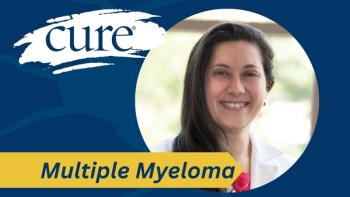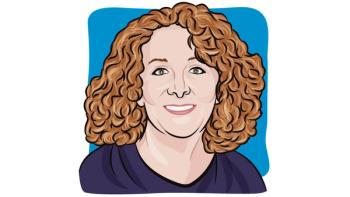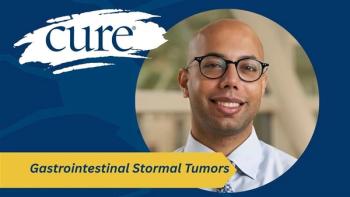
New or Persistent Acid Reflux May Signal Esophageal Cancer Risk
Key Takeaways
- Long-term GERD, defined as five or more years, is the strongest risk factor for Barrett’s esophagus, a precursor to esophageal cancer.
- Additional risk factors include male gender, age over 50, obesity, smoking history, white non-Hispanic ethnicity, and family history of esophageal cancer.
New or persistent acid reflux, especially after age 50, may mean higher risk for esophageal cancer, particularly in people with other known risk factors.
Dr. Seper Dezfoli explained that long-term acid reflux — also called gastroesophageal reflux disease (GERD) — is the strongest risk factor for Barrett’s esophagus, which is the only known precursor to esophageal cancer.
“Long-term” means five years or more, including time with symptoms managed by medication. Other risk factors include being male, over 50, obese, a current or former smoker, white and non-Hispanic and having a first-degree relative with esophageal cancer. The more risk factors a person has, the higher their likelihood of developing Barrett’s esophagus.
Symptoms that may signal esophageal cancer include difficulty swallowing, food feeling stuck in the chest, unintentional weight loss or new, persistent acid reflux later in life.
Dezfoli is a gastroenterologist and is board certified in liver disease and medical weight management at ProHealth Partners, a Medical Group, Inc.
Transcript:
One of the strongest risk factors for developing Barrett’s esophagus, which is the only known precursor to esophagus cancer, is long term acid reflux, also known as gastroesophageal reflux disease, or GERD, as it's more commonly referred to as. We generally think of long term as five years but what's important to understand is that that's really including time both on and off medication. So, for example, if a patient has been on medications for five or more years to control their symptoms, that's considered long term GERD, even if their symptoms were controlled during that period. That just means that they've had the disease for five years and in necessitated medications.
So that's the biggest risk factor when it comes to Barrett’s esophagus; however, there are other risk factors that we consider nonacid risk factors and should be important to acknowledge. So those risk factors are being of male sex, being above the age of 50, obesity, current or past history of smoking, non-Hispanic white race and family history of esophagus cancer, especially in a first degree relative. So having three or more of those is what makes the risk factors go up for Barrett’s esophagus.
When we talk about acid reflux, that's the largest risk factor, but your risk of developing Barrett’s esophagus goes up incrementally as you have those additional risk factors as well. When it comes to esophagus cancer itself, the symptom that we usually are looking for is difficulty swallowing. So, patients will commonly say that when they swallow, they feel like the food is getting stuck in their chest, or they have to regurgitate the food back up. It's weight loss that's unintentional. So that means that you're losing weight, but you're not really trying to lose weight. It's coming off of you, and you don't really understand why.
Also, if you get brand new acid reflux that's just not going away, especially later in life. So, for example, let's say you've never had acid reflux, and your age 40, 50 and above, and then suddenly you're getting new acid reflux that you never dealt with before, and it's just not really going away. That can be another alarm feature that tells us that you may be having esophagus cancer.
Transcript has been edited for clarity and conciseness.
For more news on cancer updates, research and education,





